Rogue Detection Dog Field Notes: Suzie & Skye in Yosemite
A story of the life and work done deep in the field by Rogue Detection Dogs.
5AM and my alarm goes off. No need to rush though, because the single-digit temperatures are not ideal for the success of today’s adventure. There won’t be a big ascent for today because I’ve planned to focus our surveys near high alpine lakes to search for that elusive scat (poop). Sierra Nevada red foxes sure do love their alpine life.
Despite that, I’m wide awake. I look over to my coworker to make sure she's doing alright. I see her atop my down puffy jacket, tail covering her nose and curled up tight in her cedar green, Climate Changer Jacket. She looks like a giant pickle. “She must have gotten hot sometime in the night,” I think to myself. It’s all the cozy layers I painstakingly backpacked in, doing their job and keeping her muscles warm.
Photos and video contributed by bounder Suzie Marlow
I slowly pull loose my purple puffy jacket from under her… and my black one too. How many layers did I pack? Yeesh! I open her adorable, yet critical, Highlands Sleeping Bag to re-cover her tiny but mighty 35-pound frame. Putting the plethora of puffy jackets atop the bag, she becomes a little mountain of snuggly puff and soon her snores resume.
I read for a little, but realize I need to pee so I sneak out of the tent... loudly. I mean, can anyone really manage it quietly? I want to marvel at the predawn sky, spread out above me, no light pollution to dilute the multitudes of shining stars, but honestly, it’s too chilly to idle for long.
When I crawl back inside, I pick up my book that describes the romantic and deeply descriptive love affair between author John Muir and every living and non-living part of Yosemite. While I will probably see, smell, hear, and touch only about 2 percent of what he describes in “The Yosemite,” I still revel in the idea that I am “traveling” in his footsteps through what many consider to be our nation's gem of the west, Yosemite National Park.
Reading Muir’s words makes me feel like I am experiencing the Park deeper than my actual physical surveys allow me to, in a poetic way. While poetry, quiet observation, and solitude are not necessarily my strong suits, when it's foisted upon me due to my remote backpacking surveys into Yosemite, I can’t help to discover new aspects of the self.
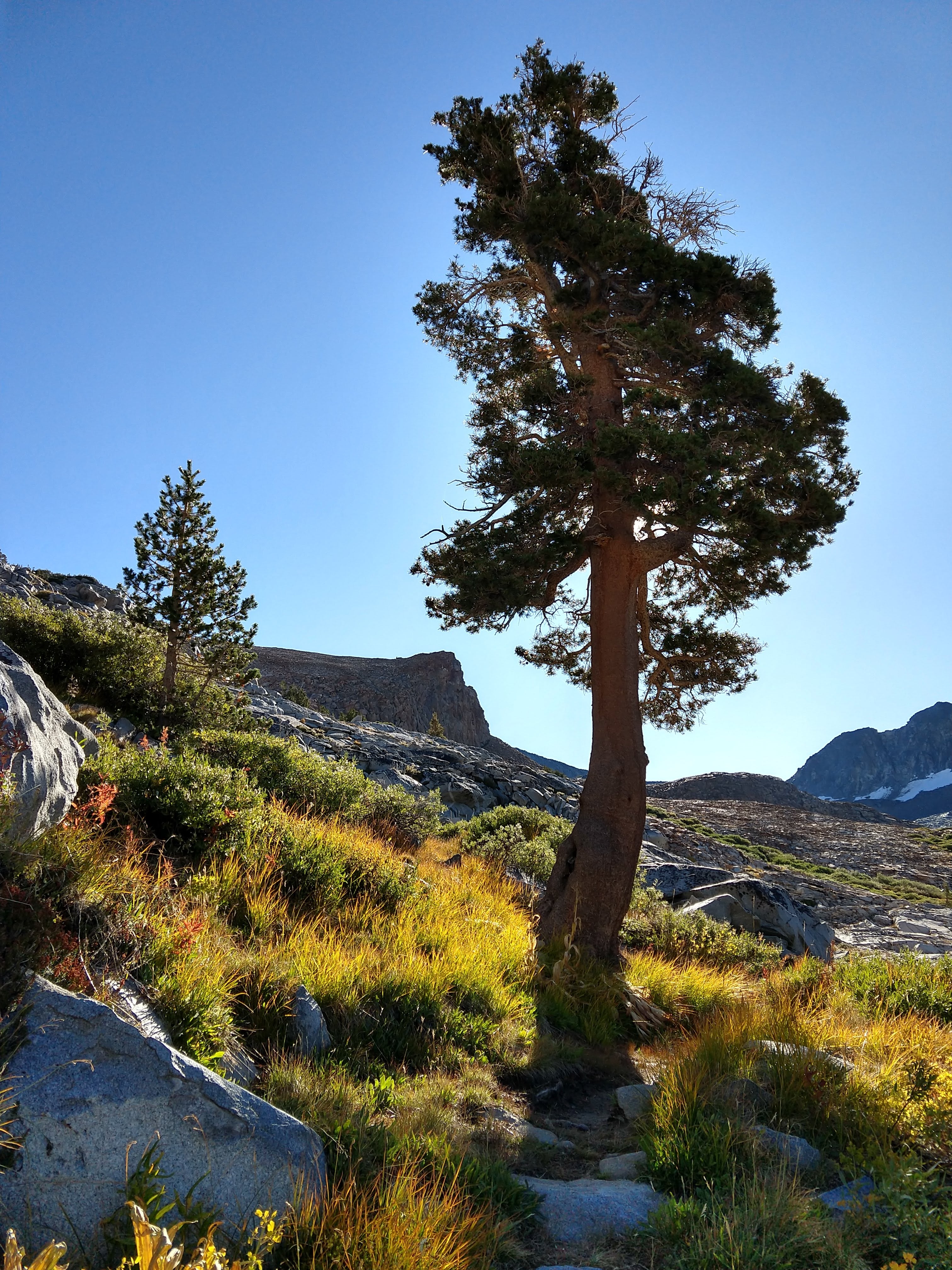
In the summer of 2019, Yosemite National Park’s Terrestrial Wildlife unit secured special permits for three conservation detection dog-handler teams from Rogue Detection Teams. The goal: systematically survey the Park to detect and collect scat from the Sierra Nevada red fox (Vulpes vulpes necator), the cougar (Puma concolor), and the fisher (Pekania pennanti).
As a research scientist and detection dog handler, or Bounder as we call it at Rogues, I was ecstatic to be a part of this project. I have always dreamt of working in Yosemite National Park but dogs aren't allowed on trails or in the wilderness there.
Our dogs aren’t just any dogs though. They are professional detection dogs. They have traveled the world to help detect data for researchers interested in learning more about increasingly rare species. To be able to work in our Parks feels like the cumulation of a lot of hard work and collaboration between Park biologists and our tiny program. The Park system exemplifies a place of unparalleled beauty; a place still wild, untouched, and awe-inspiring, and one I was eager to get out and explore in a more meaningful way to highlight the work our dogs conduct.
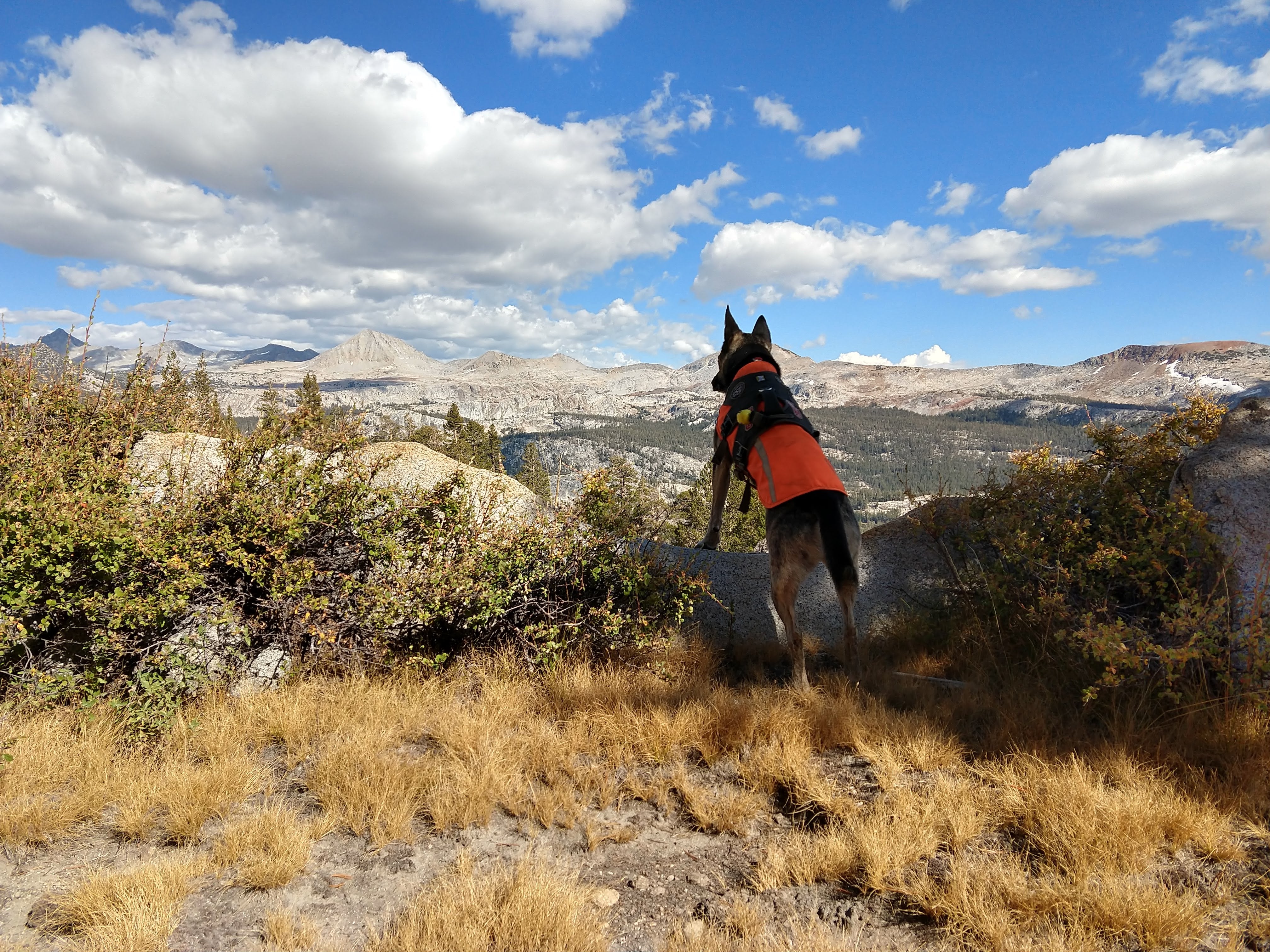
As a Bounder, I get to work alongside some exceptionally talented rescue-turned detection dogs. My partner for this particular project is Skye, the aforementioned wiggly 5-year-old mutt we adopted from New Mexico, who has an insane desire to move nonstop. She is one of our smallest-sized large-landscape sniffers. Like the busy bee sniffer that she is, she never stops moving.
Our detection dogs are the heart and soul of our entire operation and are so much more than just working dogs. Yes, they work hard, but they are also lovers, goof-balls, rascals, mischief-makers, and, most importantly, our loyal companions. These wild “rogues,” once deployed into the field, transform before our eyes into focused, devoted, and exceptionally effective scent detection dogs.
Back in the green walls of my tent, I start to notice a dull glow. Time to layer up and move. Skye, snoring away her aches and tender paws, does not want to budge. Popping out of my tent, I am greeted with the sharp and distinct pinnacles that make up the Clark Range, backlit with warm pinks, oranges, and golds. I dance the way I imagine an antisocial middle-aged woman (no offense) would dance in order to get warm and to celebrate the rising of the sun.
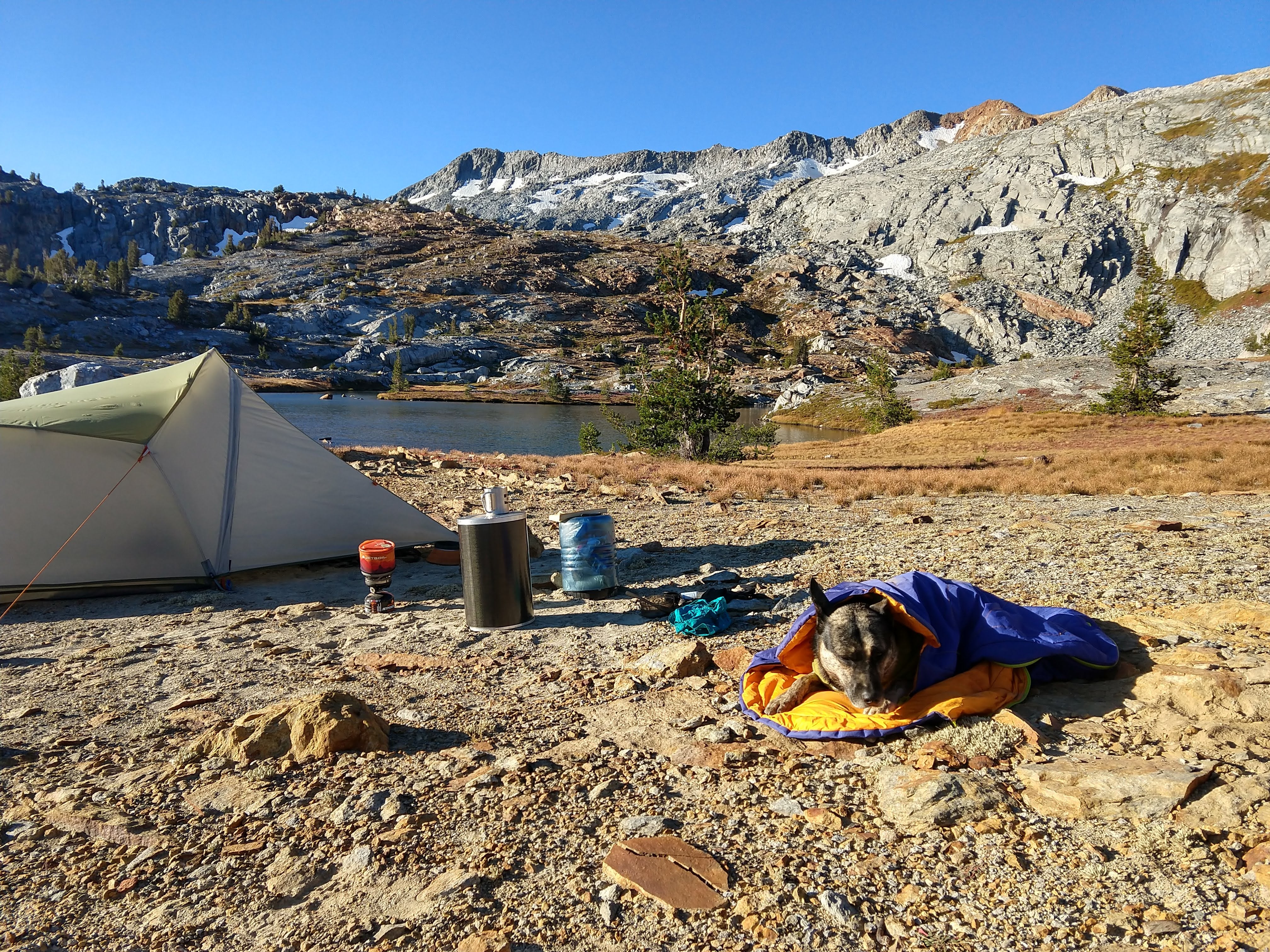
Life in the high-country of the Sierras can be both stunning but brutal, and waiting for the sun’s rays to emit their first golden light,while cold, has to be the best way to start a day of surveys in the backcountry. The mountains behind me ooze golden hues, and the amber light leaks from the rocky summits and finds its way down the steep, glaciated, rocky descent that Skye and I had climbed up the day before.
A mere 30 minutes later, moving and grooving on my lonesome, I stop and think to myself, “I’m so happy to catch this sunrise instead of being curled up in my tent. I’m going to do this every day.” Of course, that did not happen, but eh, oh well.
Once the light makes its way to our lowly valley home, Skye finally decides to poke her toasty nose and ears out from inside the tent, as if to say “Breakfast time, please?” While I’m still dancing awkwardly in an attempt to stay warm, Skye bounds out of the tent to greet the new day in her own way, by dropping that wiggling booty and swooping her personality-filled tail.
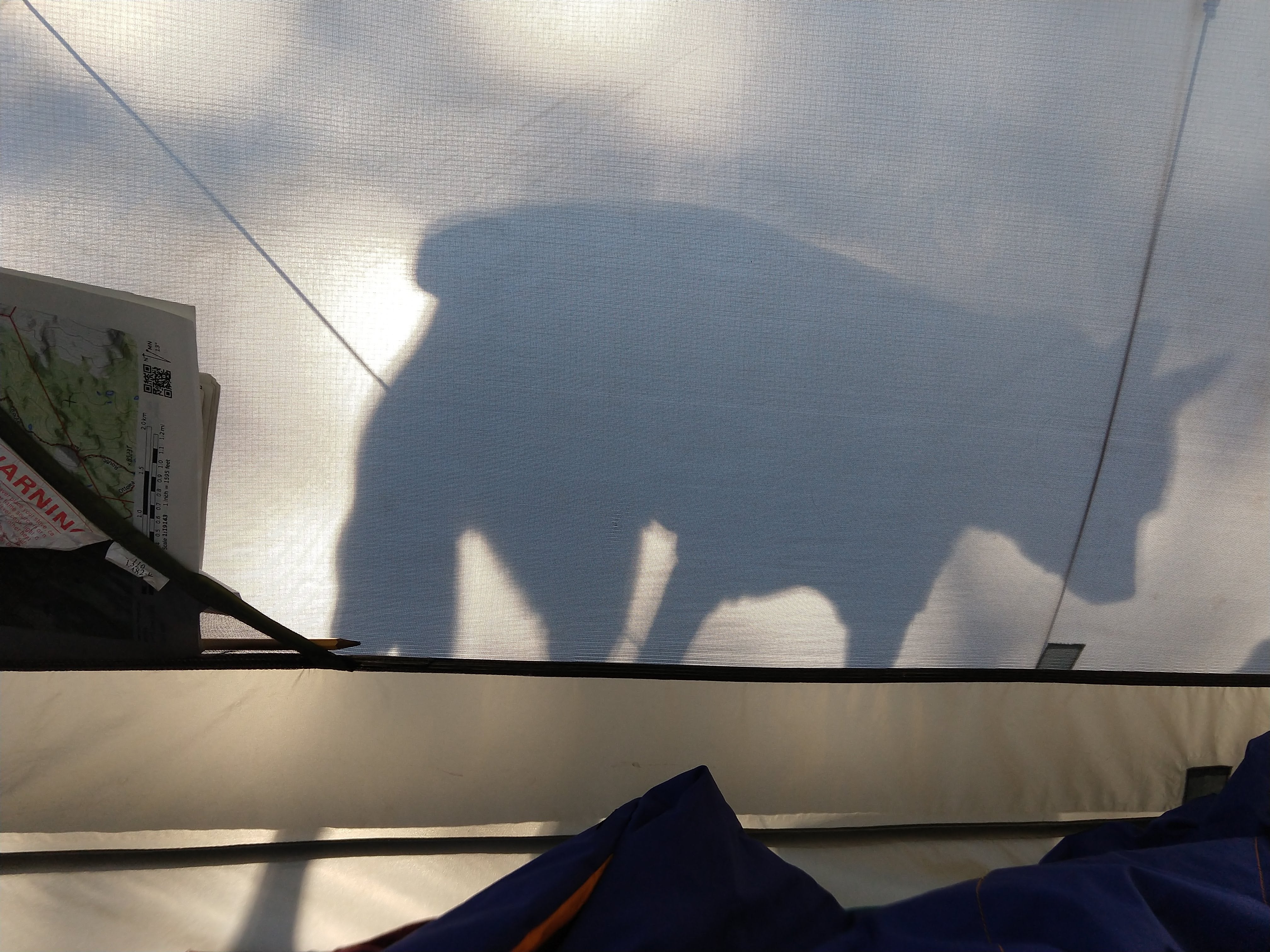
Our breakfast routine is never rushed because it’s our favorite time of day. After stuffing our faces, Skye gets a mini pedicure while I rub Musher’s Secret onto each pad. This ointment protects her pads against the sharp and endless sea of rocks we traverse.
I suit her up in her high-visibility Track Jacket™, and her Web Master™ Harness – decorated, officially, with Rogue Detection Teams & working dog patches. While being an absolutely essential piece of gear we need in order to scramble across boulders and safely cross glaciers together, Skye’s harness also alerts any hikers we come across that Skye is here on official business and isn’t “just another dog.”
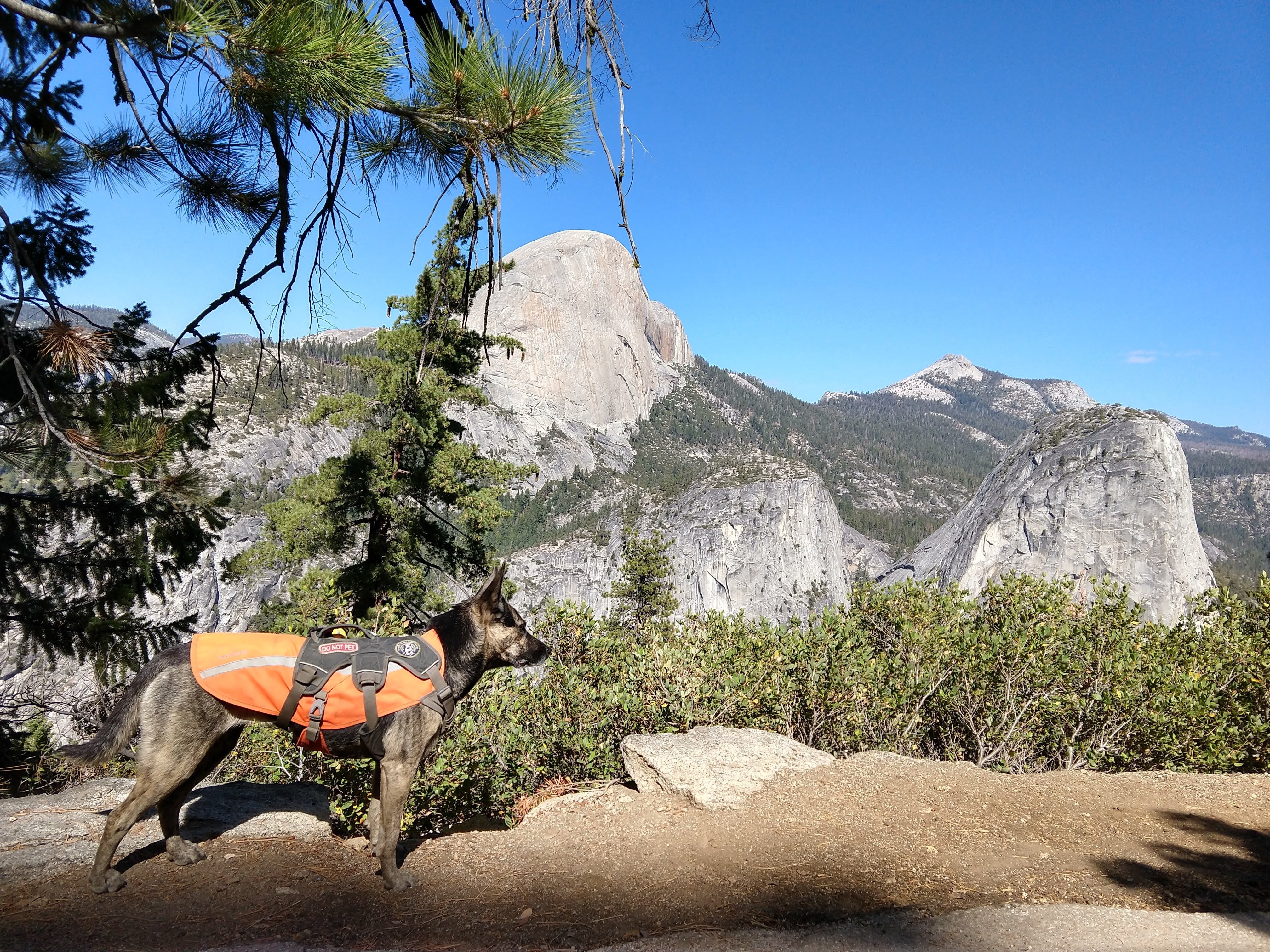
Into my field pack go 3 liters of carefully filtered water, enough for both me and Skye to share for this day’s surveys. I also pack my leatherman, etched with the Rogue saying “Sh*t happens”, some snacks, and of course Skye’s ball of preference.
The ball is a bounder’s way to reward our detection dogs for successfully locating data. In such steep terrain, we’re both loving the Huck-a-Cone™. While she’s a tuggin’ and a pullin’ as a reward for finding data (scat), I can keep a tight hold on the toy so it doesn’t go toppling over a cliff. In the backcountry, there are no replacement toys!
Last but not least, I grab the sampling supplies used to collect all the precious data we’ll discover today (paper bags, sharpie markers, latex gloves, and GPS units that track Skye’s and my movements).
Every day for 14 days, this was the morning ritual for me and Skye. Through the glaciers crossed, peaks scrambled and vast valleys traveled, the Rogue Detection Teams collected over 3,000 scat samples!
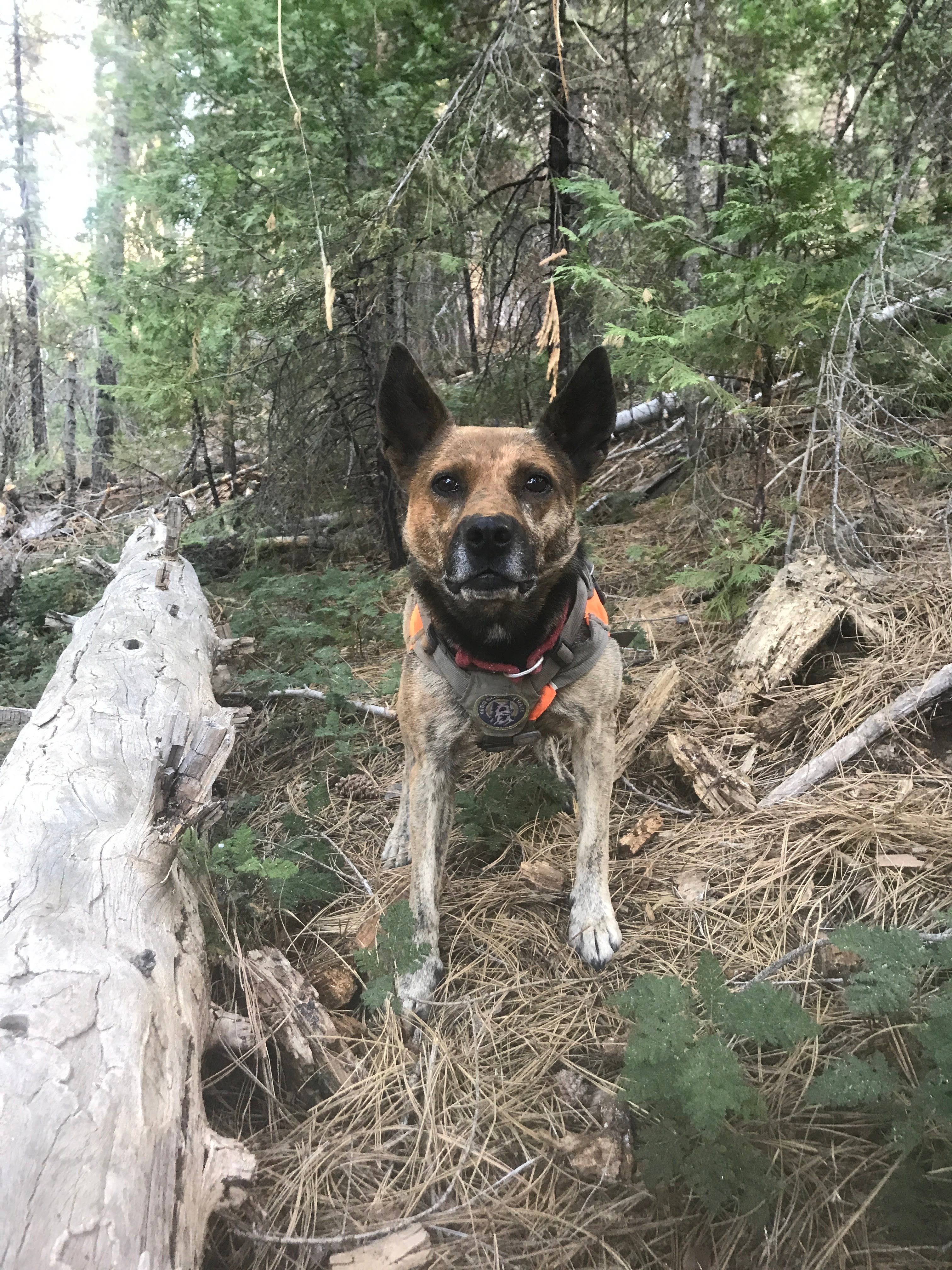
Fast forward to spring of 2020 and Rogues are gearing up for another stint in the backcountry. The samples we collected last summer are still in the process of being analyzed at the genetics lab at UCDavis. The kind and amazing NPS researchers, Sarah Stock and Mike McDonald recently shared some preliminary results:
“We were really excited to see some confirmed Fisher scats in the results. Most interesting were the two scats that were north of the Merced River. We've only had one Fisher detected north of the Merced in recent decades. And one of the scats you [Rogues] collected was a full 9+ miles north of our other northside fisher. This scat represents an expansion of what we know of the Southern Sierra fisher range.”
This is what it’s all about folks – why I am a Bounder, and why I love working alongside such an incredible coworker like Skye. Despite the cold (and the awkward morning dances to stay warm), despite the challenges associated with backpacking off-trail into the remote high-country of Yosemite National Park (like the daily spa treatments on Skye’s pads), knowing that our teams are aiding Park biologists discover more information about rare species has me feeling like John Muir when he poetically mused, “When one tugs at a single thing in nature, he finds it attached to the rest of the world.”
The data our teams collect is helping to answer questions about other species like the fisher, an amazing animal that until recently was thought to be extirpated, or no longer existing in this region. Conservation detection dogs are not just a great tool for scientific research, they are our backcountry, booty droppin’, sources of inspiration when we need to hike that extra mile.

Collecting the Other Scat
Coming into Yosemite National Park with a dog is a huge responsibility. Trying to have as minimal a disturbance on the landscape and leaving no trace is an important philosophy for Rogue Detection Teams to fulfill, which is why we packed out all of the dog waste!
Honestly, collecting dog poop is worse than collecting mountain lion or fox scat. But leaving no trace means thinking about our daily dirty doodie details. We packed out each dog poop in the park and had our porters hike it out. Daily, Skye wonders, "Can you explain what are you doing with that again?"
Having the Pack Out Bag™ made this task clean and simple. Even though every ounce counts in the backcountry, these few ounces were worth it. It was large enough, light enough and prevented poo bag explosions. Rogue Skye made it clear that we shouldn't be sending these samples to the lab.
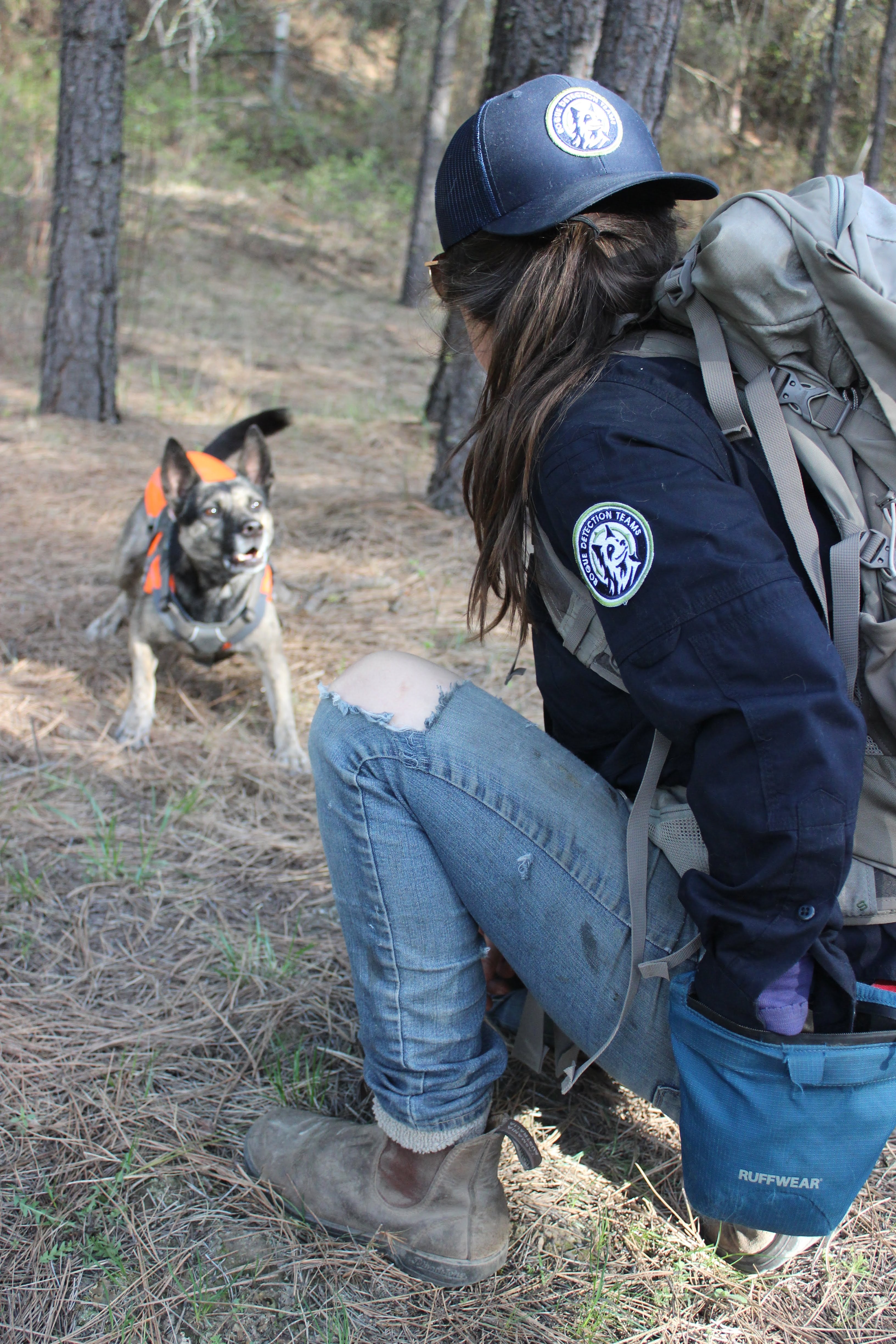
You can follow the adventures of all the Rogue Detection Dogs at @RogueDetectionTeams.

























